Incremental to Compliance: Agency and Dignity to the Community!
So in our last few posts you may have noticed the use of a recurring term “Incremental to Compliance”. Today we’re delving into this! EMPOWER actively addresses multiple challenges through many interlinked principles, one being ‘Incremental to Compliance”. These principles were introduced in our glossary post, which we hope is helpful! More specifically our last post was centred on live-prototyping and ended with a cliff hanger on how exactly EMPOWER catalyses community agency whilst providing immediate dignified housing in informal. The contradictions arising from the application of formal law in the process of informal settlement upgrading reveal the need to develop certain mechanisms to bridge the gap between lived experience and the various standards of formal compliances. EMPOWER has partnered with the City of Cape Town to develop the theme of “incremental to compliance” as an inclusive intermediate tool to allow immediate release from laws, standards and practices that are inaccessible, out-dated or discriminatory to the majority of residents involved in the upgrade. Incremental to compliance therefore works for the short term urgent need for housing provision whilst investing a long-term aim at recreating suitable and empowering frameworks that work for the local community.
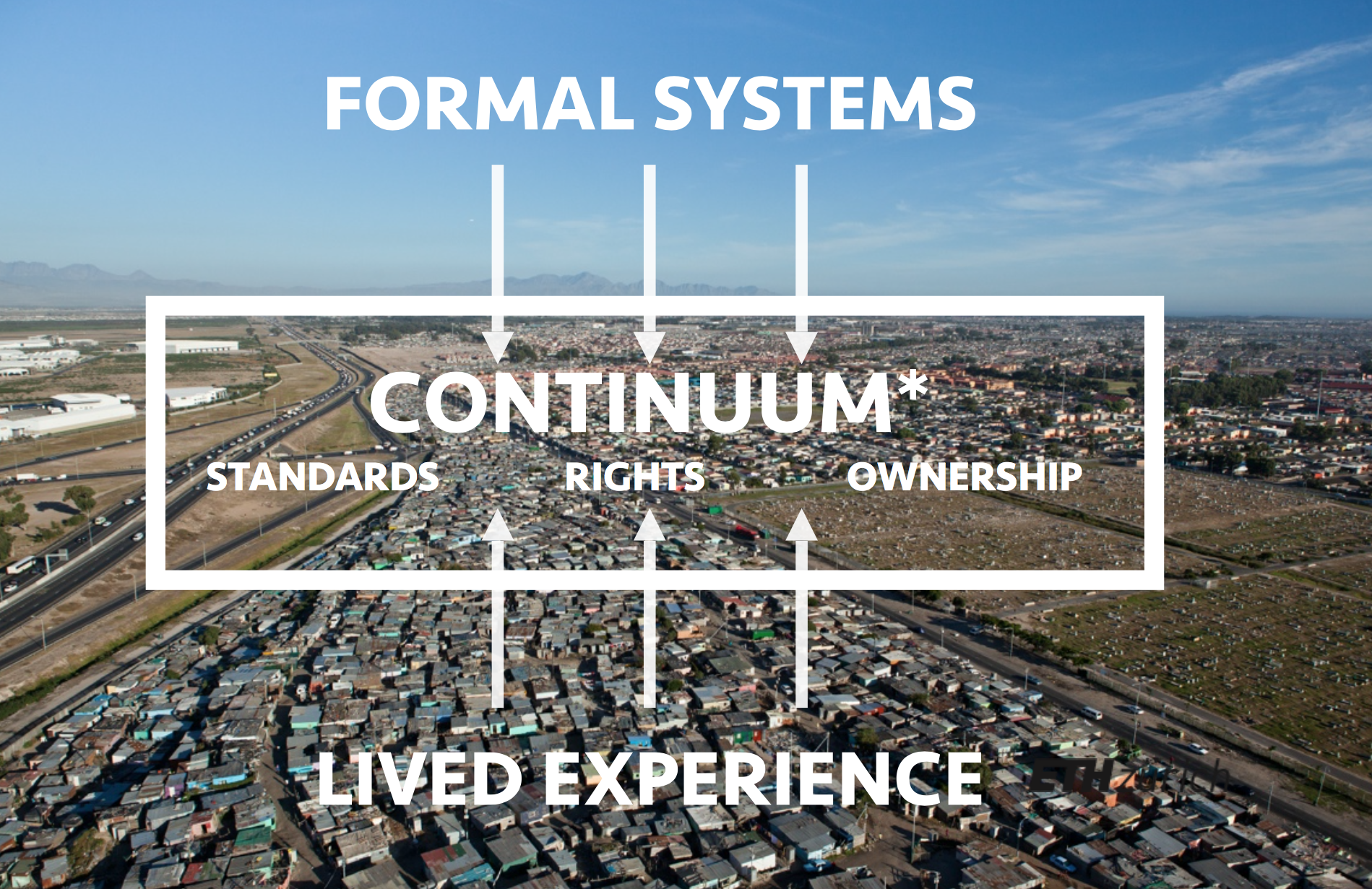
- Image proposing a “continuum” to allow for alternative forms of rights, standards and ownership that better match the lived experience of informal settlements. | U-TT
On Agency
Responding to the challenge of ‘permanent impermanence’, the project designs in an accessible pathway to formalization. On a design level, the idea of incremental to compliance is based on creating a “formal core” housing structure that satisfies the immediate needs for dignified living but due to affordability and policy processes, does not (yet) comply with the housing standards of the National Regulations. The idea is to set out a clear step-by-step route to full compliance while offering immediate housing relief and legal occupation rights through a “fit-for-purpose” certificate. By issuing accredited fit-for-purpose certificates and providing residents with greater tenure security, the EMPOWER scheme encourages residents to invest in incremental development making them agents of change and progress. The incentives and agreements on this matter of the project are constantly negotiated and discussed with the local municipality, Legal Resource Centre of South Africa and City of Cape Town to maintain the respect for the rights of all of those involved.
Incremental housing works in sync with live prototyping by giving residents the freedom of choice to decide how to extend and specify the formal core structure to their preference over time. These actions feed into the participation process of constant feedback and iterative collaborative design between the community and expert collaborators.
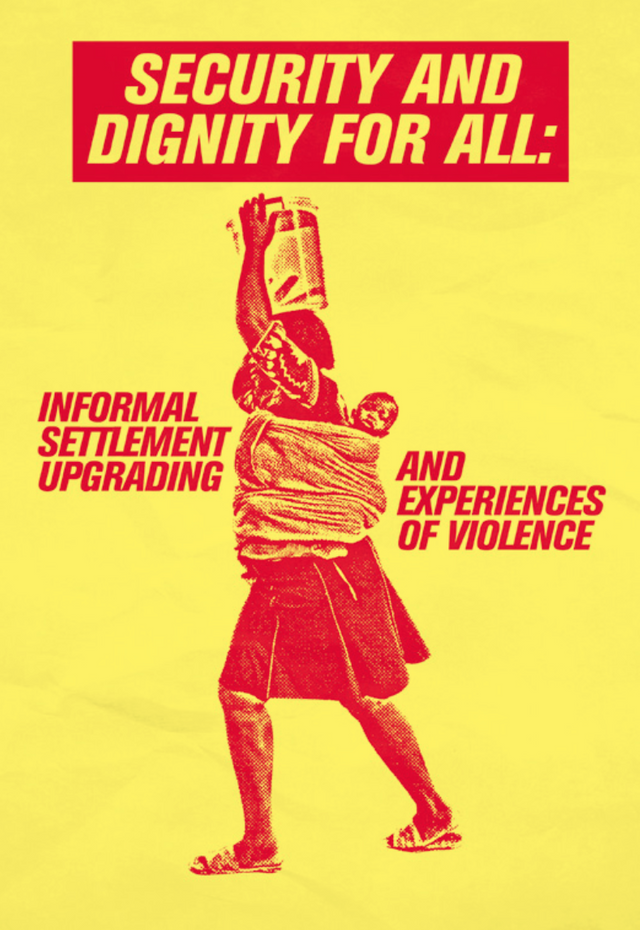
- Image showing poster from essay by Paula Meth on Informal Settlement Upgrading | S.L.U.M Lab 9 U-TT
On Dignity
On a unit scale, the EMPOWER unit structure offers secure personal living space distributed over two floors and responds to the demand for dignified resilient housing with basic services. This unit is dimensioned to receive future off-shelf components for incremental upgrading over time. This allows low cost housing to meet the fundamental needs of residents who currently live in makeshift, perilous shelters prone to overheating, flooding, fire, rising damp and uncomfortable wind. The upgraded unit is developed from the core and shell according to the occupants’ means to do so in the microfinance scheme that we have developed in close collaboration with Ikhayalami and economic consultants. This process also acknowledges the reality of lengthy time it may take to do so.
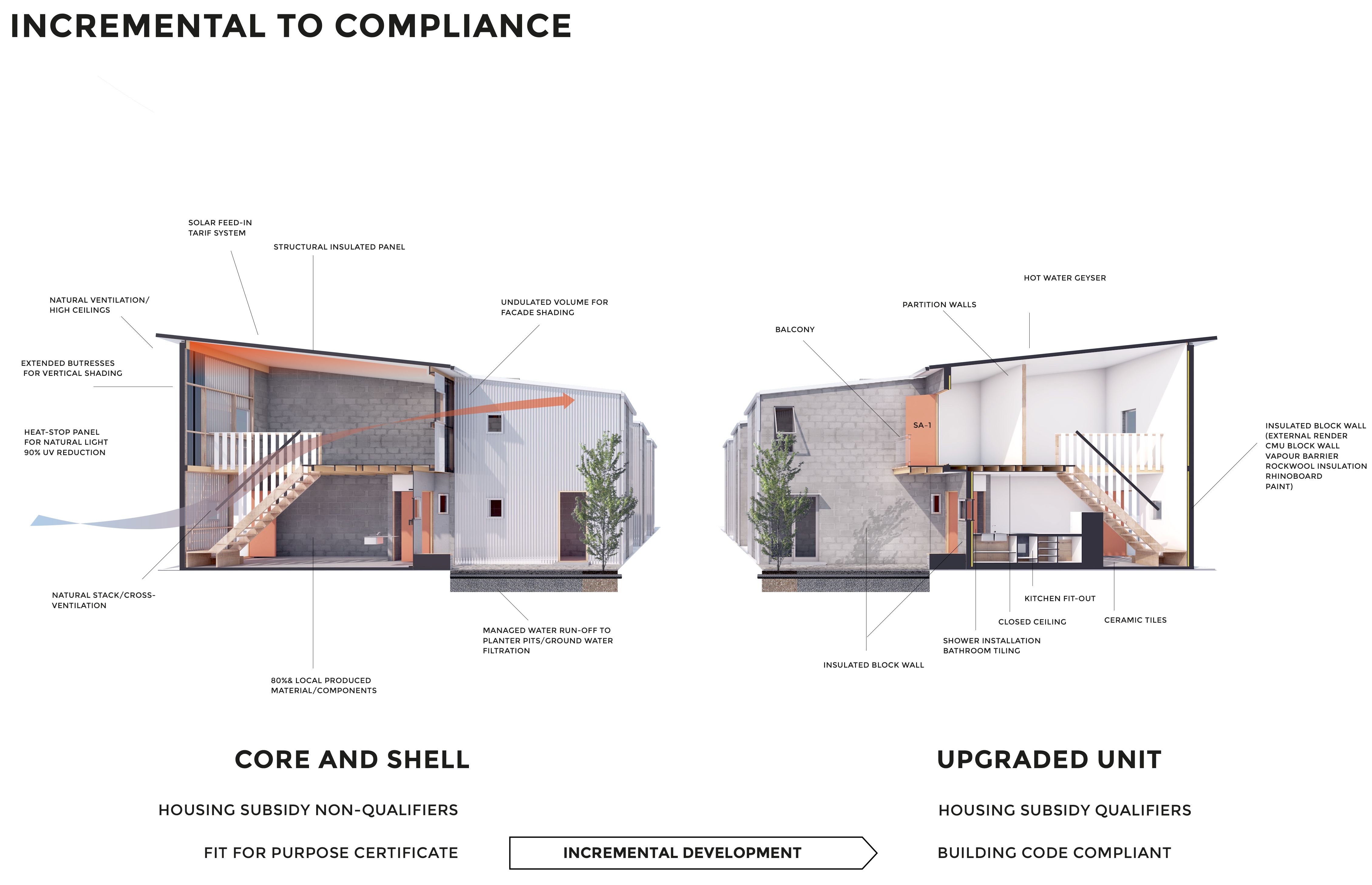
- Image showing core and shell structure and upgraded structure of EMPOWER unit | U-TT
On the unit scale…
At the unit scale, the design responds by offering secure entrances and robust façade materials, with windows aligned to semi-public courtyards for surveillance and optimised cross ventilation for air exchange. The two-story unit provides summer comfort to the downstairs living space while the heat-stack affect through the open stair well allows warm air to be directed out of the unit from the high ceilings on the top floor. Top floor spatial organisation allows the easy installation of partition walls to an exposed rafter, offering a split between parent and children’s rooms. All kitchens have operable windows with site line to the internal courtyards. All bathrooms offer space for privacy and feature operable windows, individual water points and sinks and toilet units – eliminating the reliance on public facilities. The risk of fire is also addressed at the unit scale with the inclusion of standard approved firebreaks made of inflammable materials between the units and non-combustible surface finishes in the kitchen area. The various unit sizes have been designed to meet individual affordability and user demand and not toward standards that exclude the majority of the population.
- Image showing one story shack before and two-story “fit-for-purpose” unit after | U-TT
On an urban scale…
The right to adequate housing is enshrined in the constitution of South Africa. Despite this, most urban development schemes require forced removals to free up enough land to operate. The project is unique in the sense that the design of the two-story units and the distribution of the private-public space guarantee all residents the right to stay on the site. Additionally, this is achieved through urban spatial configurations that cater directly to the spatial requirement of the current residents. The project proposes formalized organised planning geometries whilst at the same time allowing inform settlement residents the chance to upgrade their personal environments and develop the effective economic opportunities already present in the context, such as renting an extra room (in the form of an additional floor opposed to the backyard). This multi-scalar self-determined methodology serves as an effective proposition to be adopted into the development framework of the municipal council.
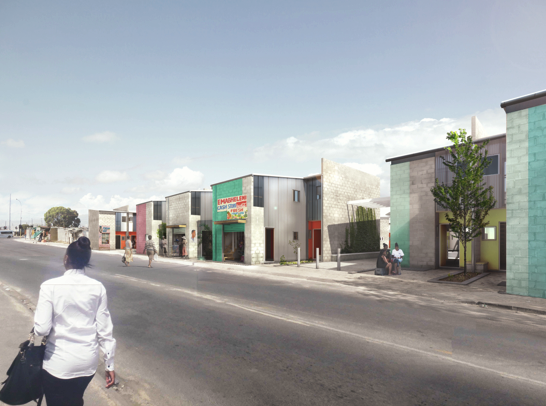
- Visualisation image showing activated public street through new urban upgrading two-story prototype | U-TT
The distribution of existing living units to two floors ensures that no resident is displaced in the upgrade; it also results in a 70% saving in land area and associated infrastructure costs in comparison to low-density RDP models. Recovered space through densification results in the potential for additional rental and sales stock for the gap market, and therefore offers pathways for sustainable economics through cross financing. This in itself is another form of incremental strategy that EMPOWER encourages.
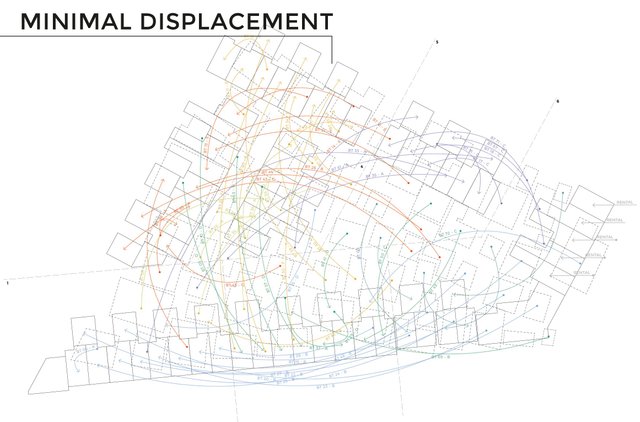
- Image showing minimum resident displacement during construction | U-TT
Through digital planning tools, these systems of informal planning and participation methods can be translated into various languages for the use of various experts engaging in the upgrading of similar sites. In addition, the digitalization of the EMPOWER methodology allows for adaptation providing a sustainable tool for re-use and replacement of currently exclusionary governmental frameworks. In this way we acknowledge the continuum of contexts and building in this constant flux.
But, we’ll save that for our next post on digital planning tools as an EMPOWERing tool. Perhaps there are some (block)chains to be unlocked on the steemit platform which can extend the conversation? Stay tuned!
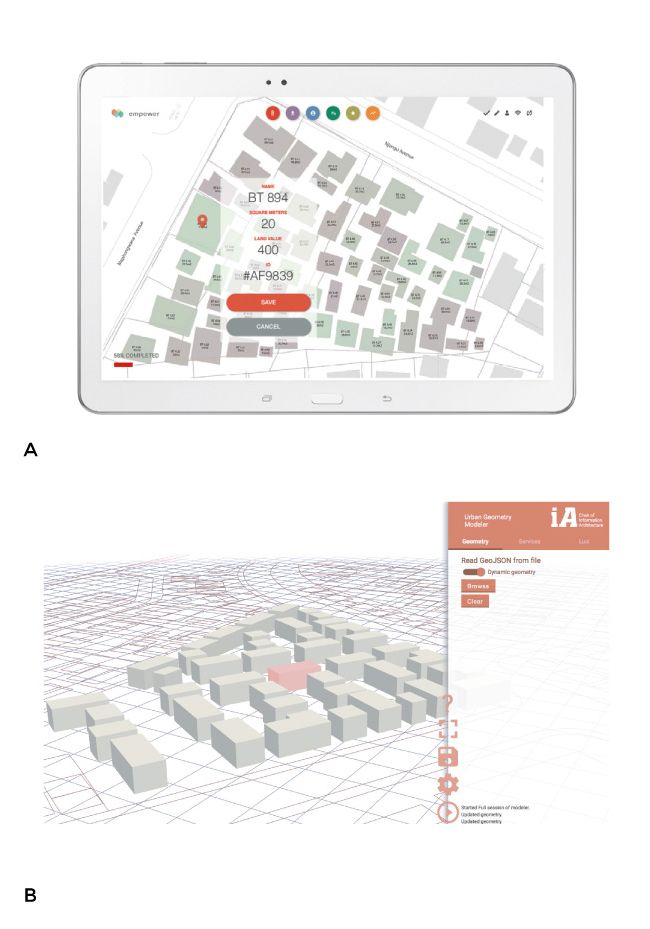
Get to know about the project at:

Looking forward to learning more about the digital tools your team has developed to engage communities at the ground level and empower them throughout the design process.
It would be great to learn more about this phrase: permanent impermanence which may have some interesting overlap with respect to the blockchain world. Much like a community planning project - a blockchain is also a living, breathing thing always subject to modification, destruction, improvement and so on.
Thanks as always for sharing this amazing work. For the next article, you should also include links referencing past articles so that your readers can learn more :)